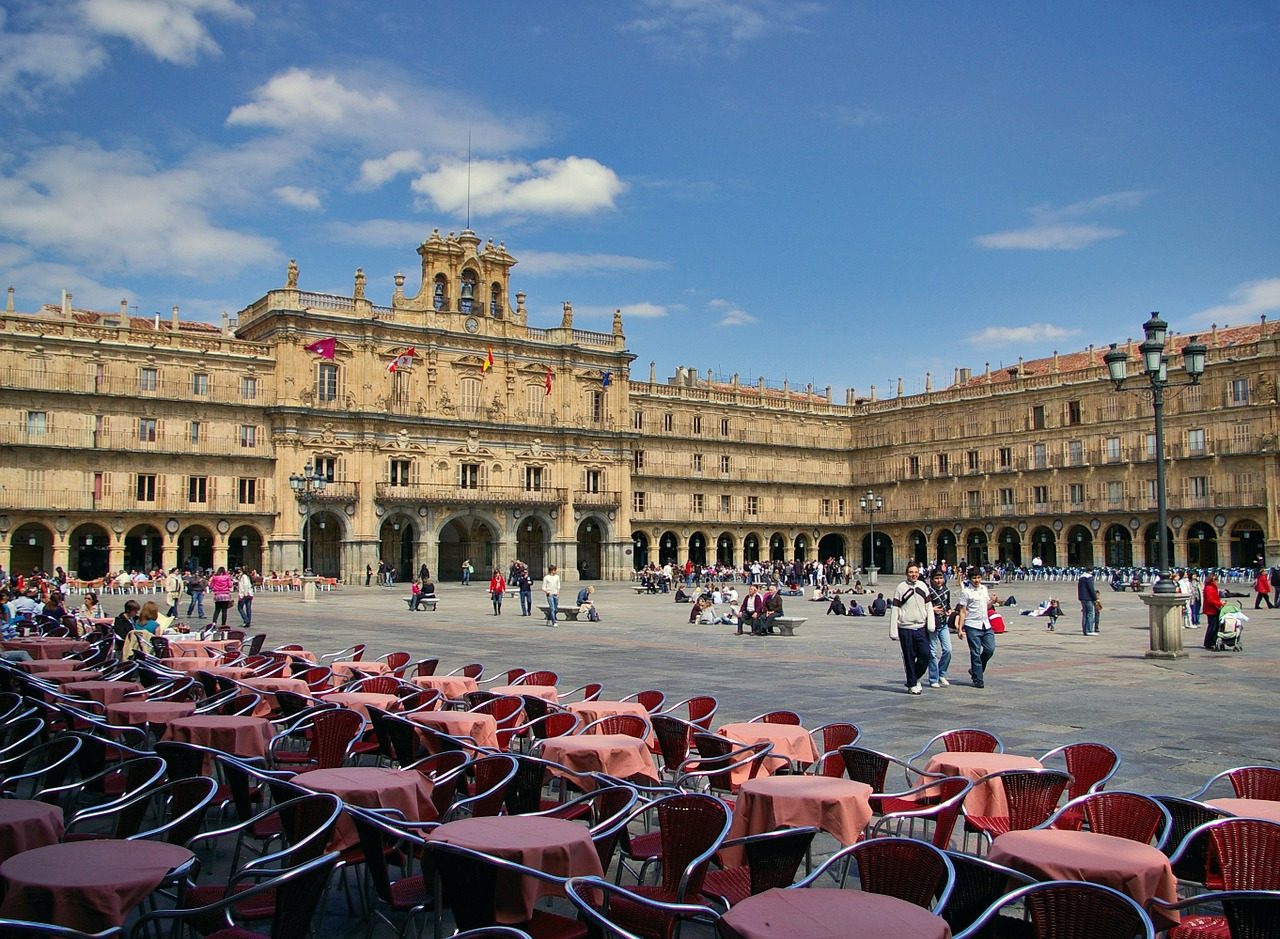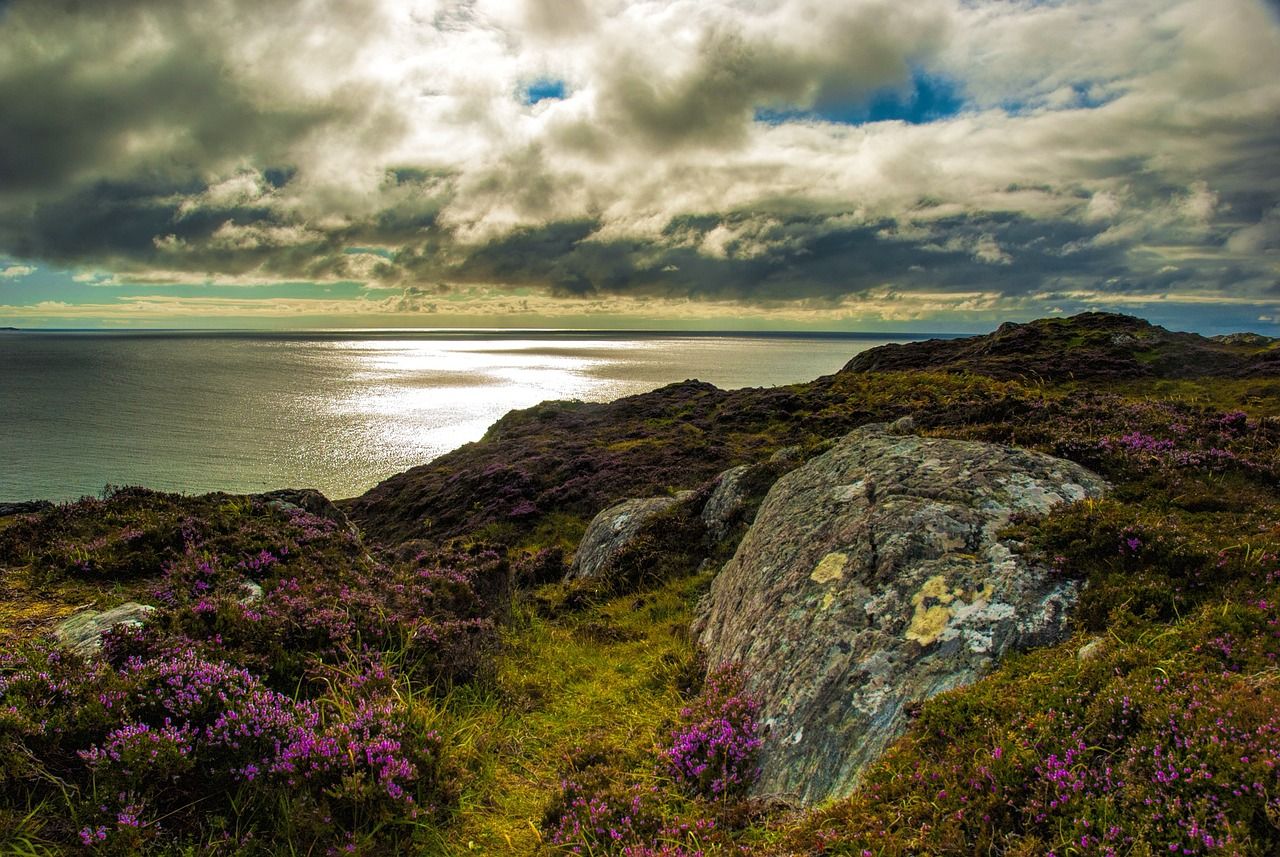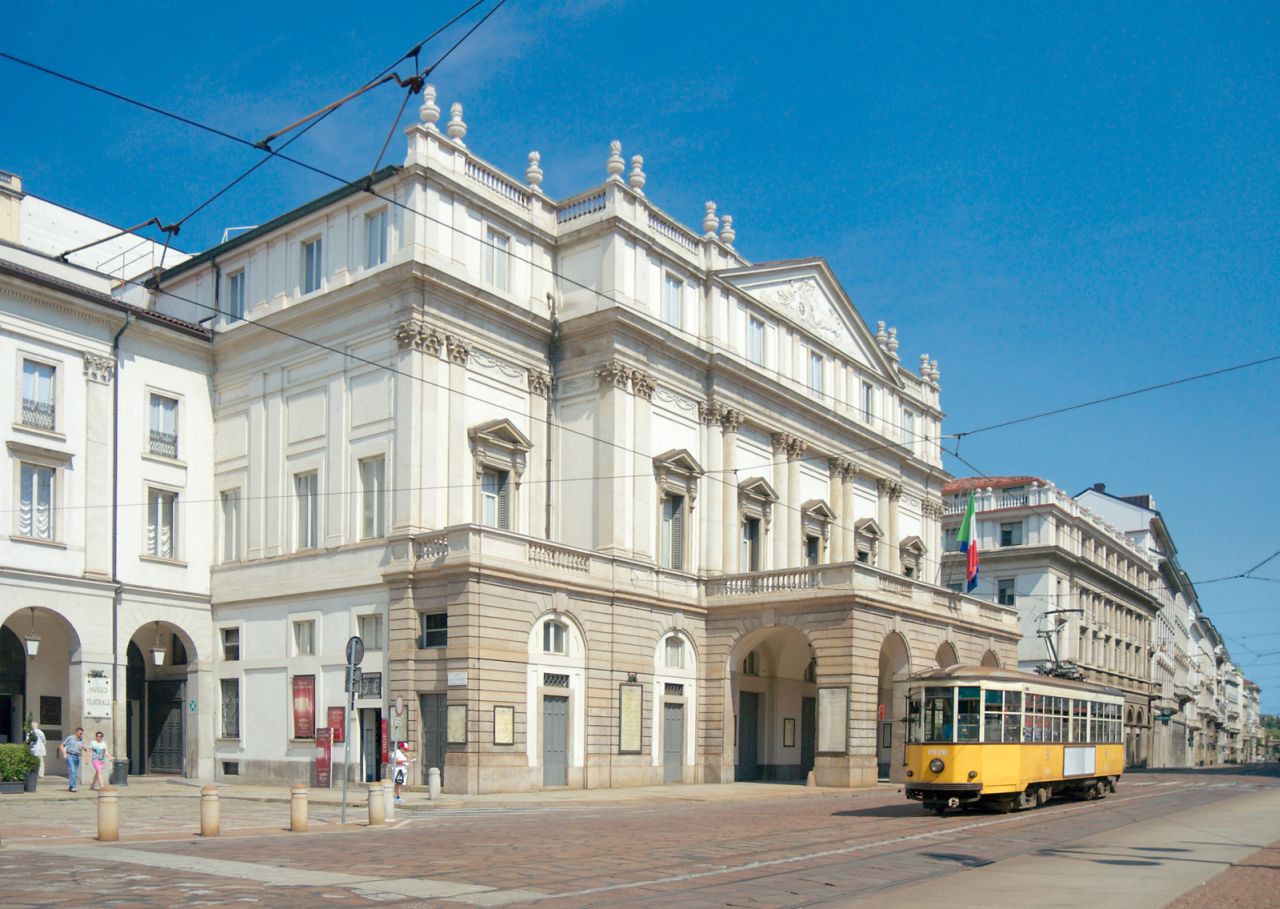Golden Lane
Address
Golden lane, Prague
GPS
50.0920574, 14.4042704
Golden Lane is a street situated in Prague Castle, Czech Republic. Originally built in the 16th century, to house Rudolf II’s castle guards, it takes its name from the goldsmiths that lived there in the 17th century. The houses on Golden Lane are small and were built in the 1950s, when they were painted vivid colours.
Both sides of the street were once populated, but that change occurred in the 19th century. The road is now part of the paid little and great castle rings, however once Prague Castle’s interiors close, it’s free to enter. The former fortification from the 14th century may be reached through Golden Lane, and many of the homes have been converted into tourist shops.
Nine of the sixteen dwellings include a permanent exhibition chronicling the lane’s history over the previous 500 years. Except for the fictional alchemists, each room depicts a real person who lived in the lane at some point between the 16th century and the 1950s.
These include the home of the lane’s oldest residents, the so-called red shooters who would guard the castle gates, a goldsmith’s workshop, a pub, a herbalist’s house, the home of famous Prague clairvoyant and fortune-teller Matylda Prová.
Some of the homes on the street have been converted into shops selling locally manufactured items such wooden toys, marionettes, ceramics, tin figures, jewellery, and books about the street’s most famous resident, Franz Kafka.
About near the middle of Jiská Street, you’ll find the entrance to the charming Golden Lane. It was once known as Goldsmiths Lane, so named because goldsmiths may have lived there in the past. Its origins can be traced back to the time period between the Castle’s Roman and late Gothic additions on its northern flank.
Behind the peaks of the fortifications are little homes that were built in the defensive arches of the defence walls that were constructed by Benedikt Ried approximately 1500. The White Tower and Daliborka are connected by a defence corridor that forms the under-roof. During the reign of Rudolf II, this building served as a home for the castle garrison, but in the 16th century it housed those in need. Later, this area became home to the destitute.
The history
In 1917, Franz Kafka worked out of house No. 22, while authors and poets (including Frantiek Halas, Jaroslav Seifert, and Vtzslav Nezval) frequently gathered at the home of Ji Maánek, No. 12. Between Daliborka and the Black Tower, this is the entrance to a terrace of the late-Gothic defences. The homes were abandoned after World War II.
The Golden Lane underwent extensive rebuilding in 2010 and 2011. Today, nine of the lane’s sixteen dwellings feature permanent exhibitions chronicling the neighborhood’s five-hundred-year history. Except for the fictional alchemists, each room depicts a real person who lived in the lane at some point between the 16th century and the 1950s.
At the far west end of the lane lies a cylindrical White Tower that was once a dungeon, torture chamber, and prison. Edward Kelly, the alchemist, was one of the inmates here. The prison stayed until about the middle of the 18th century.






